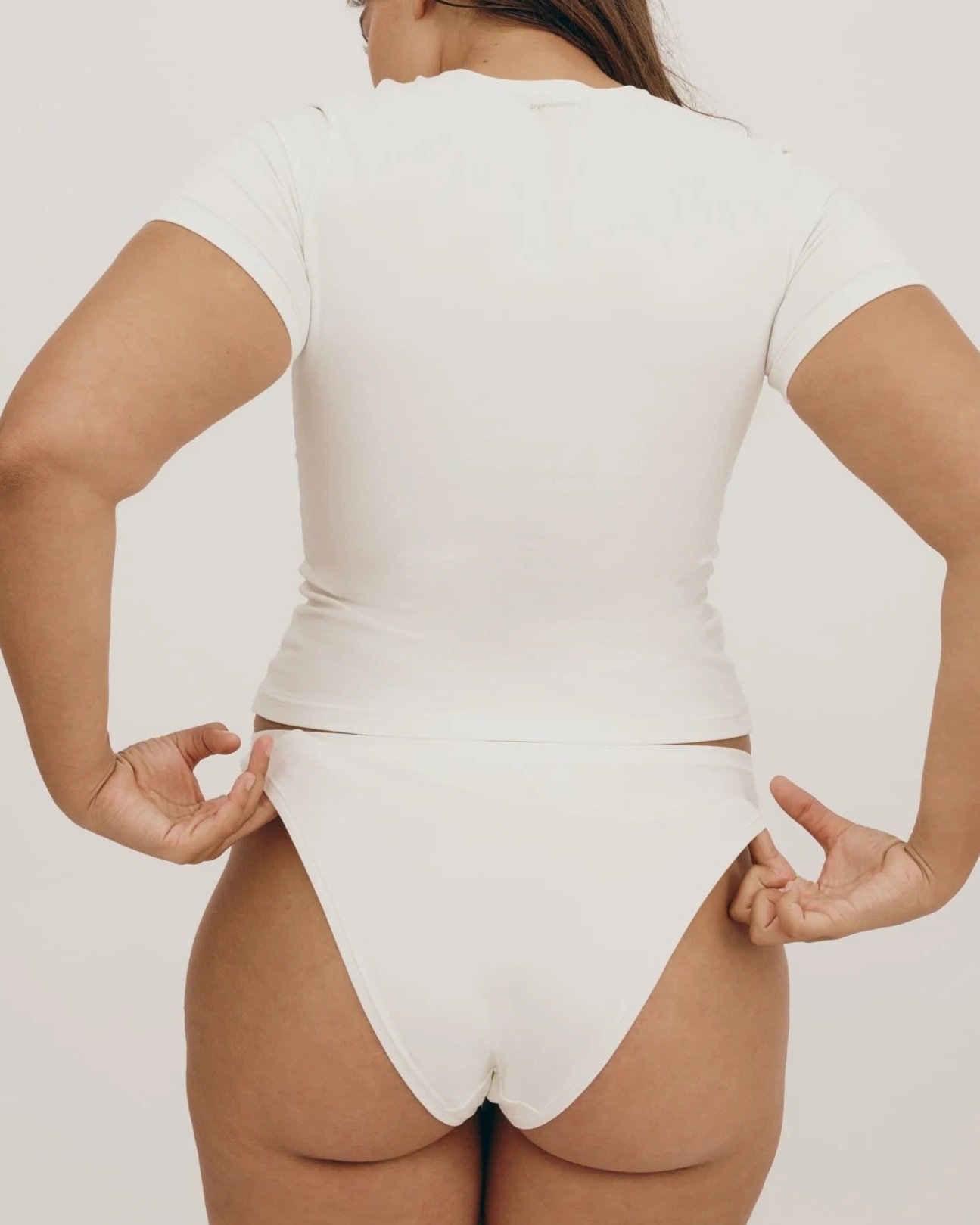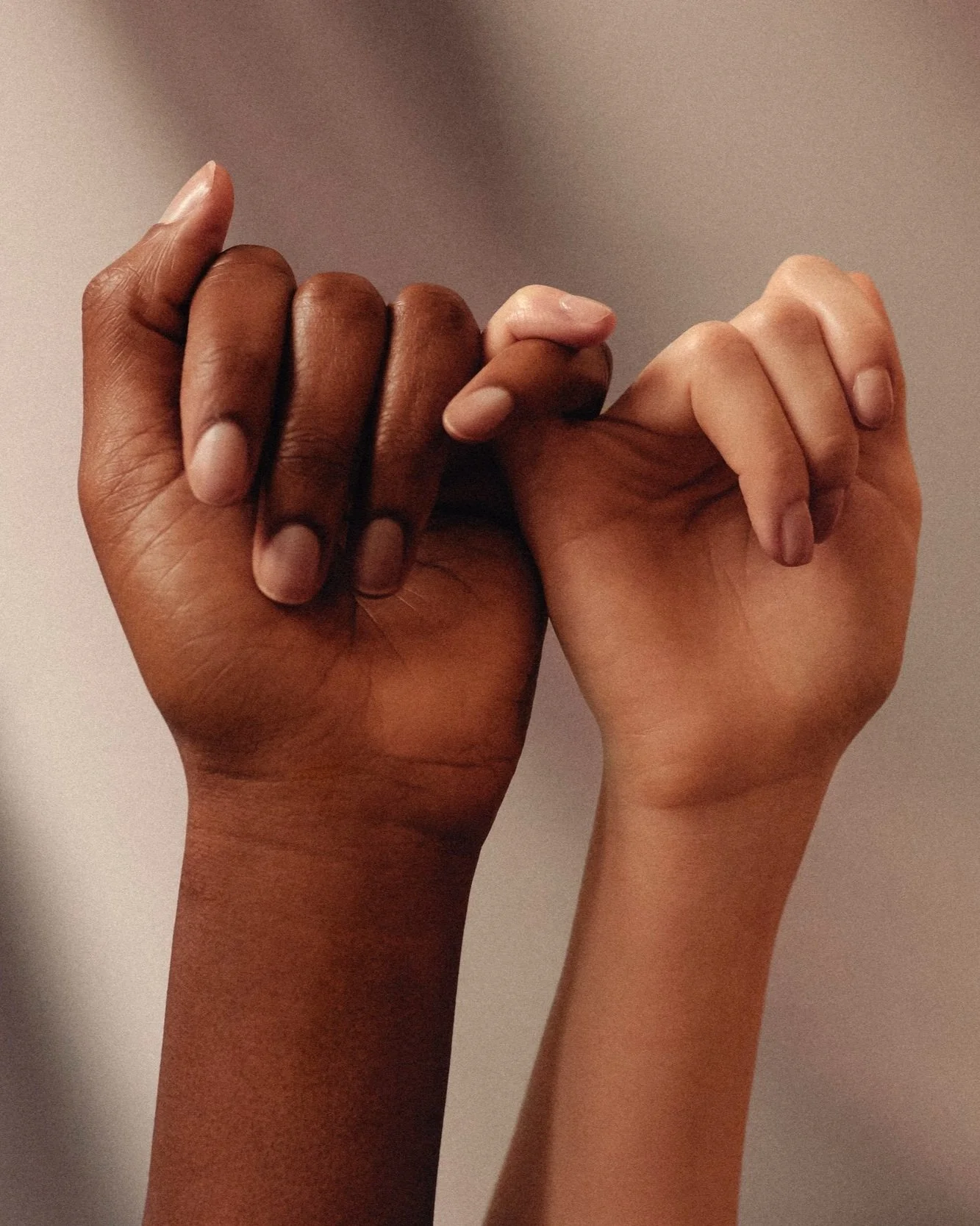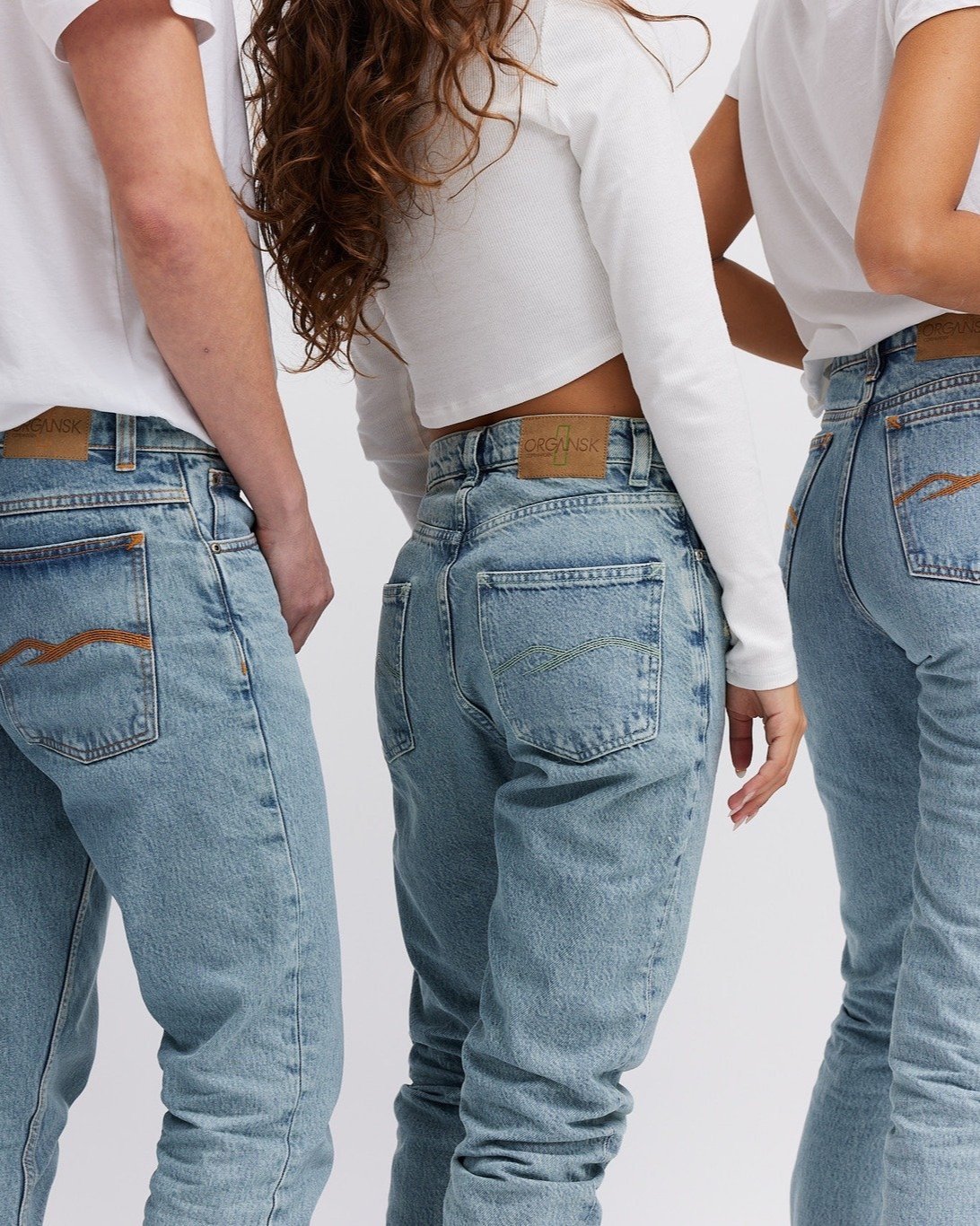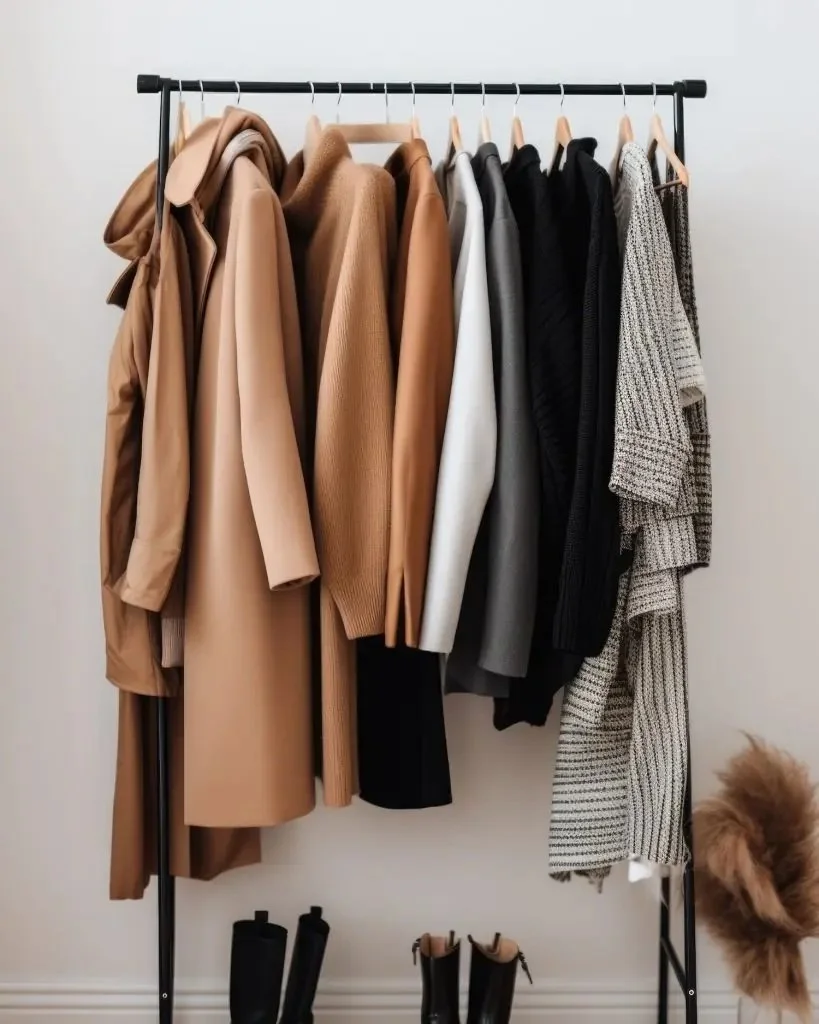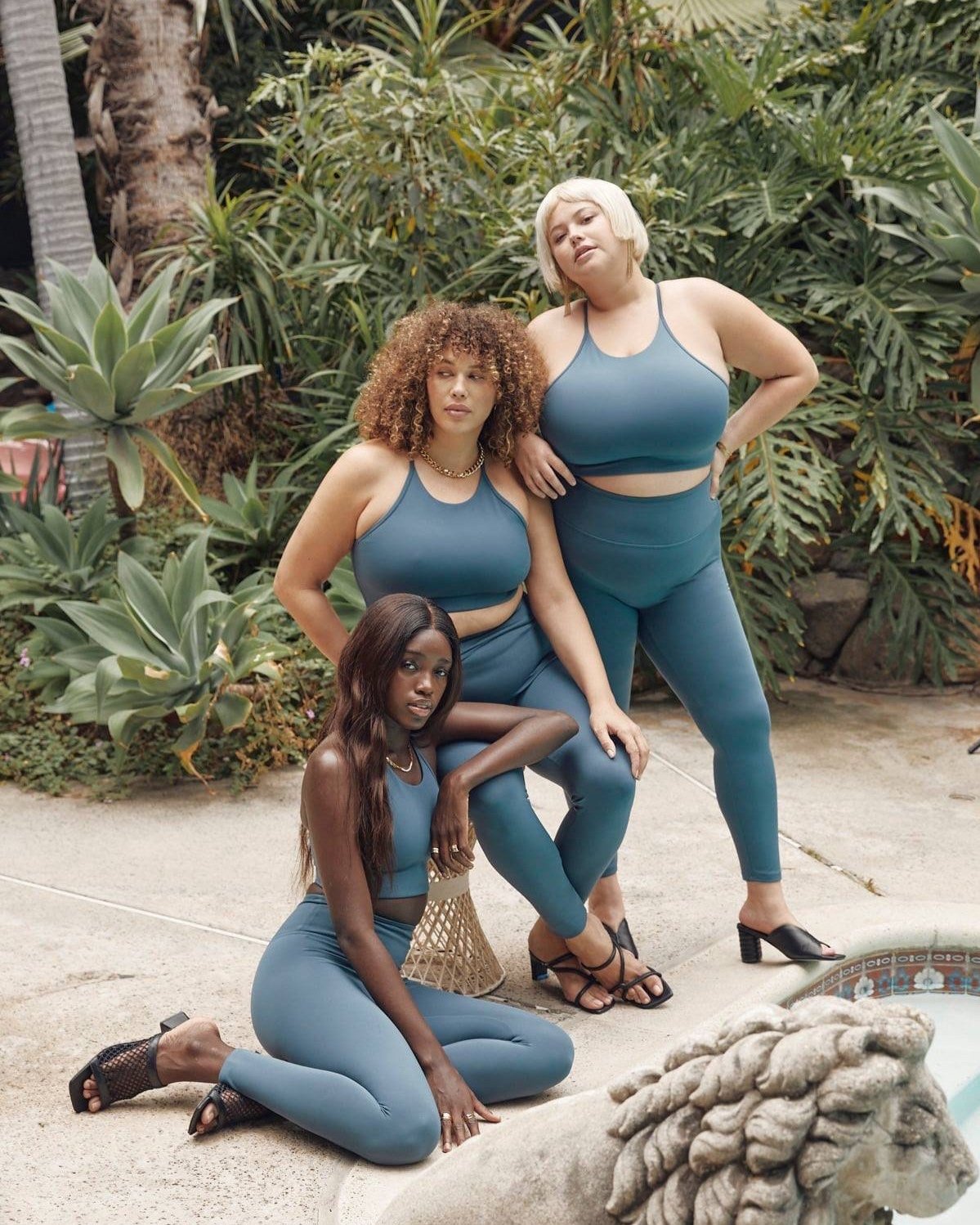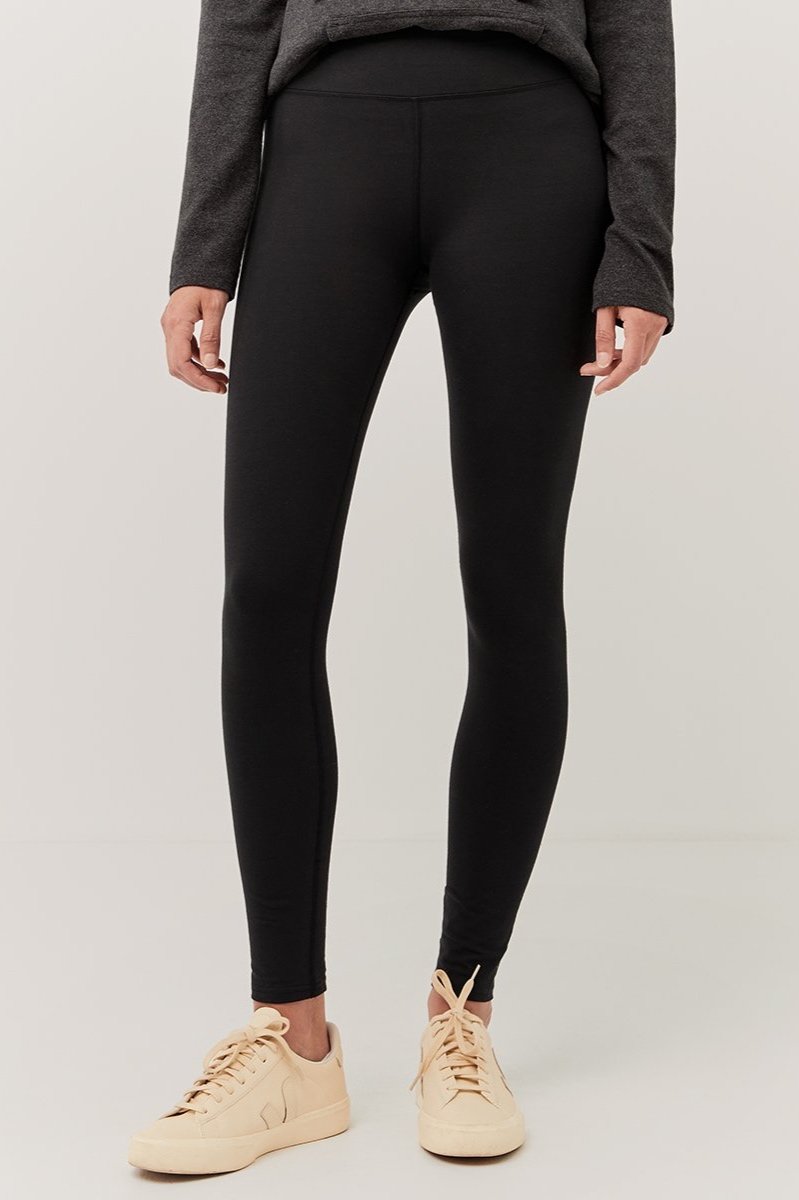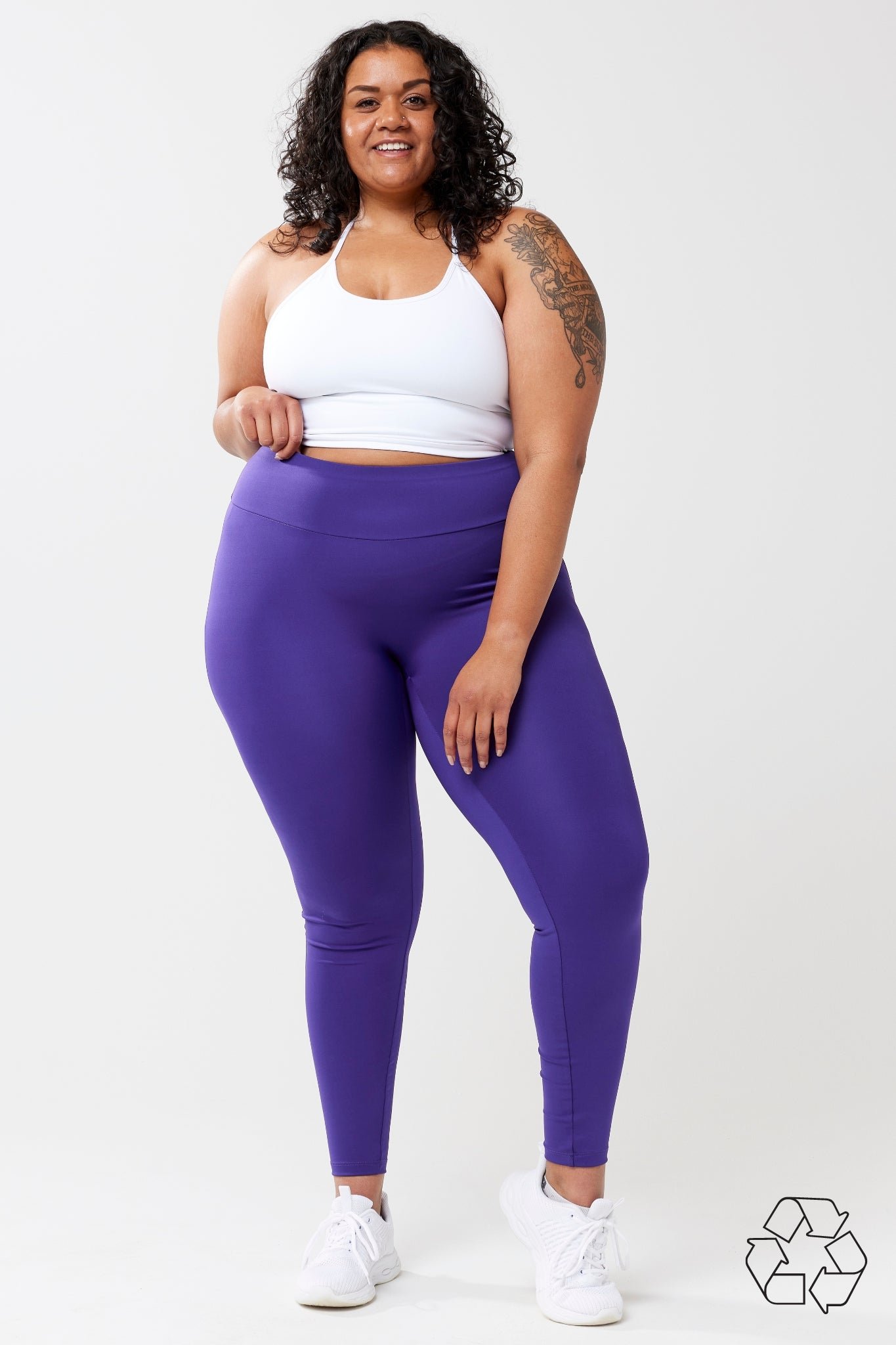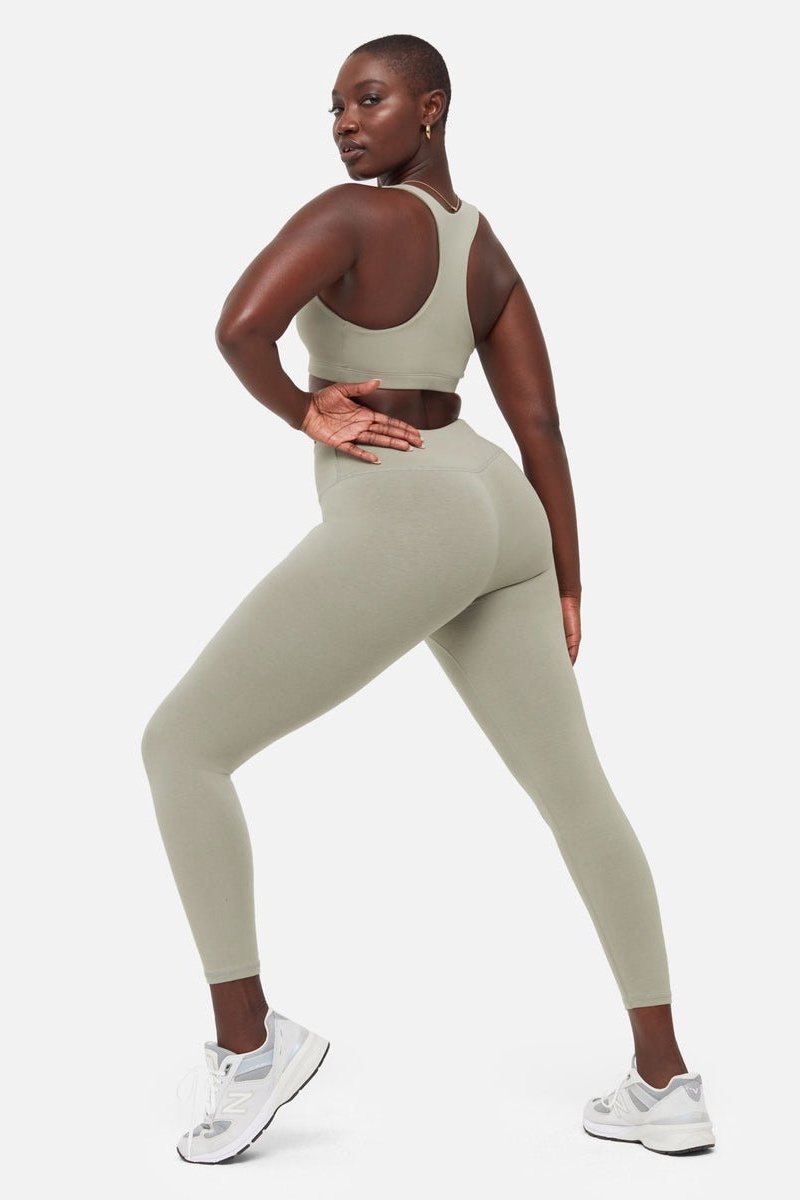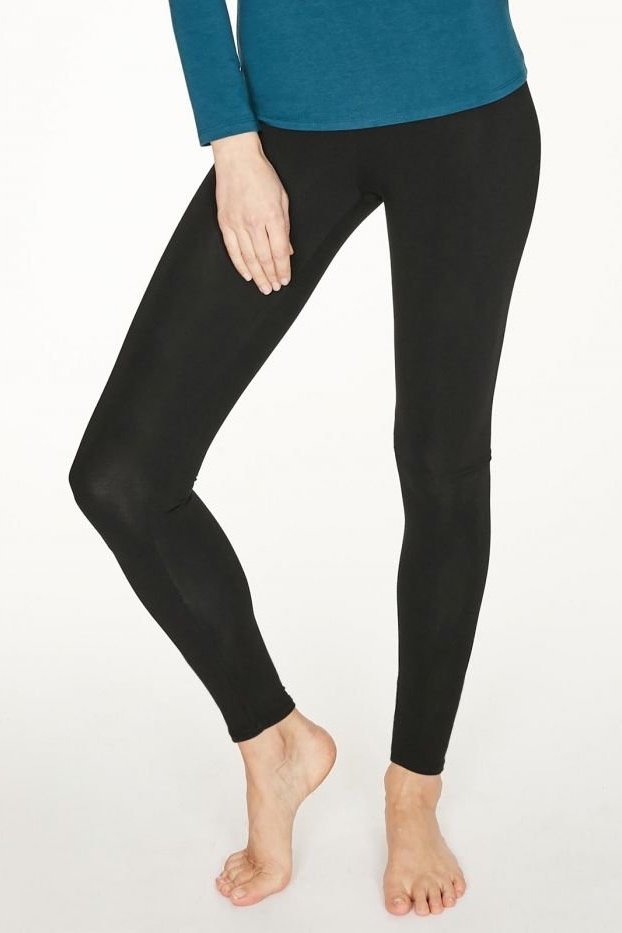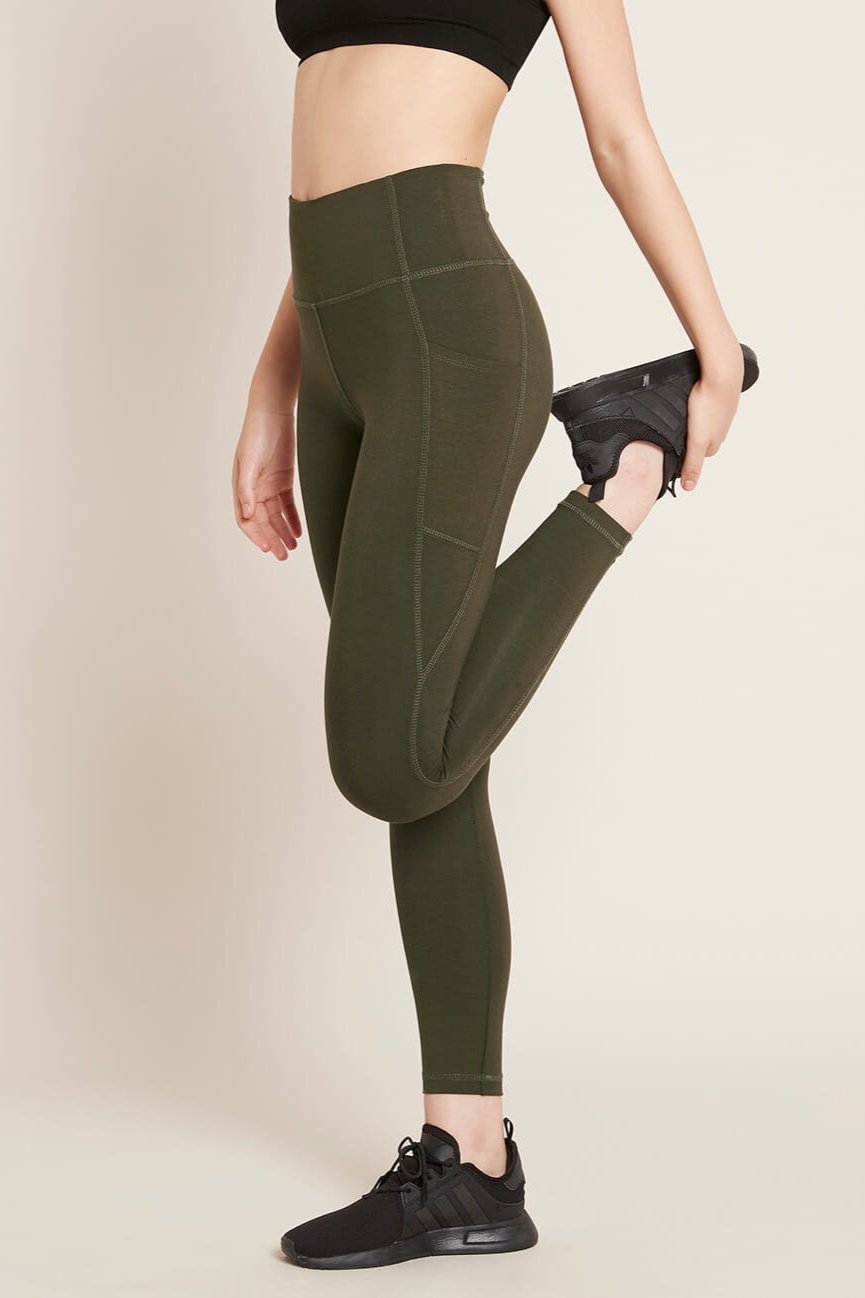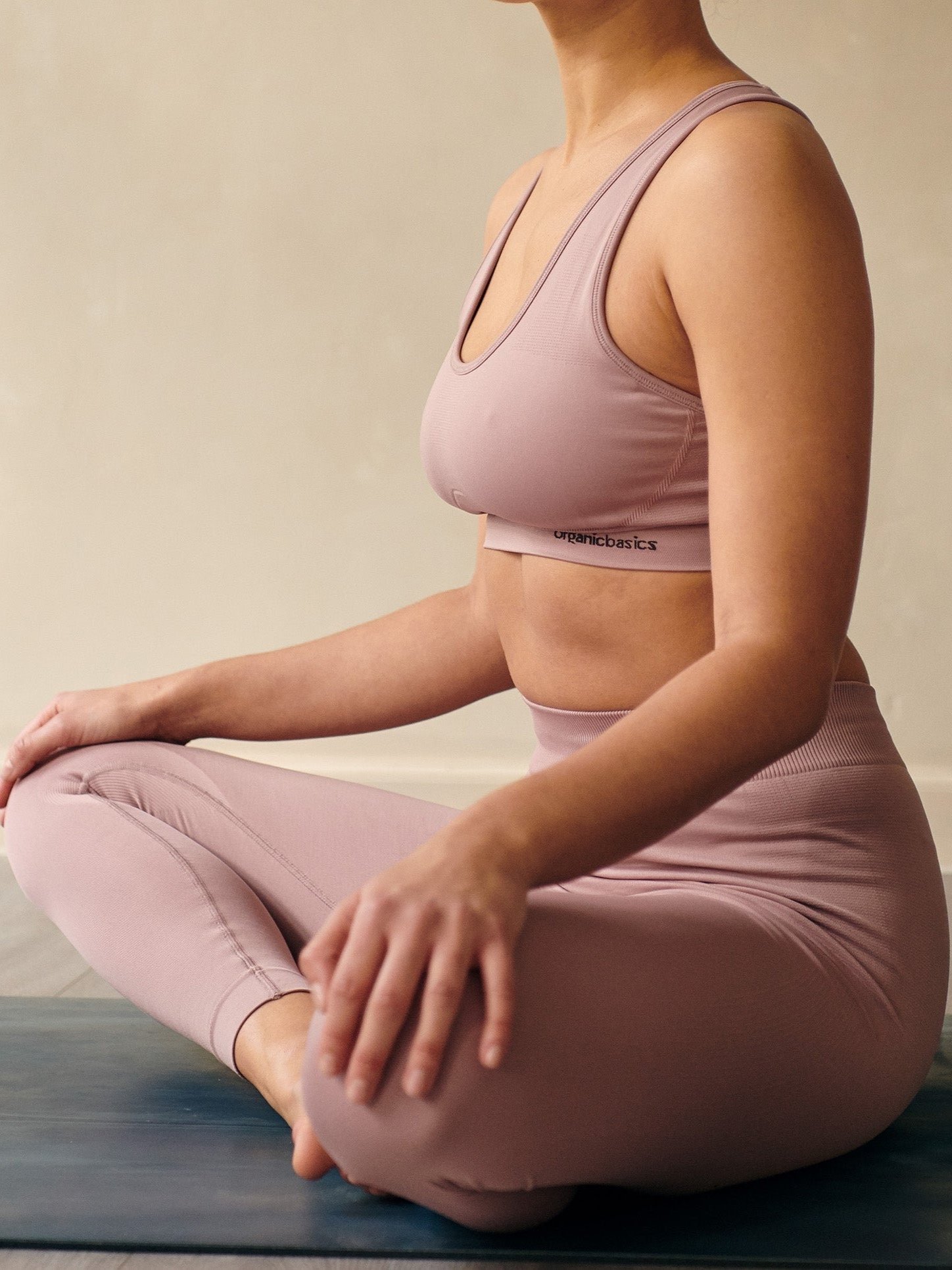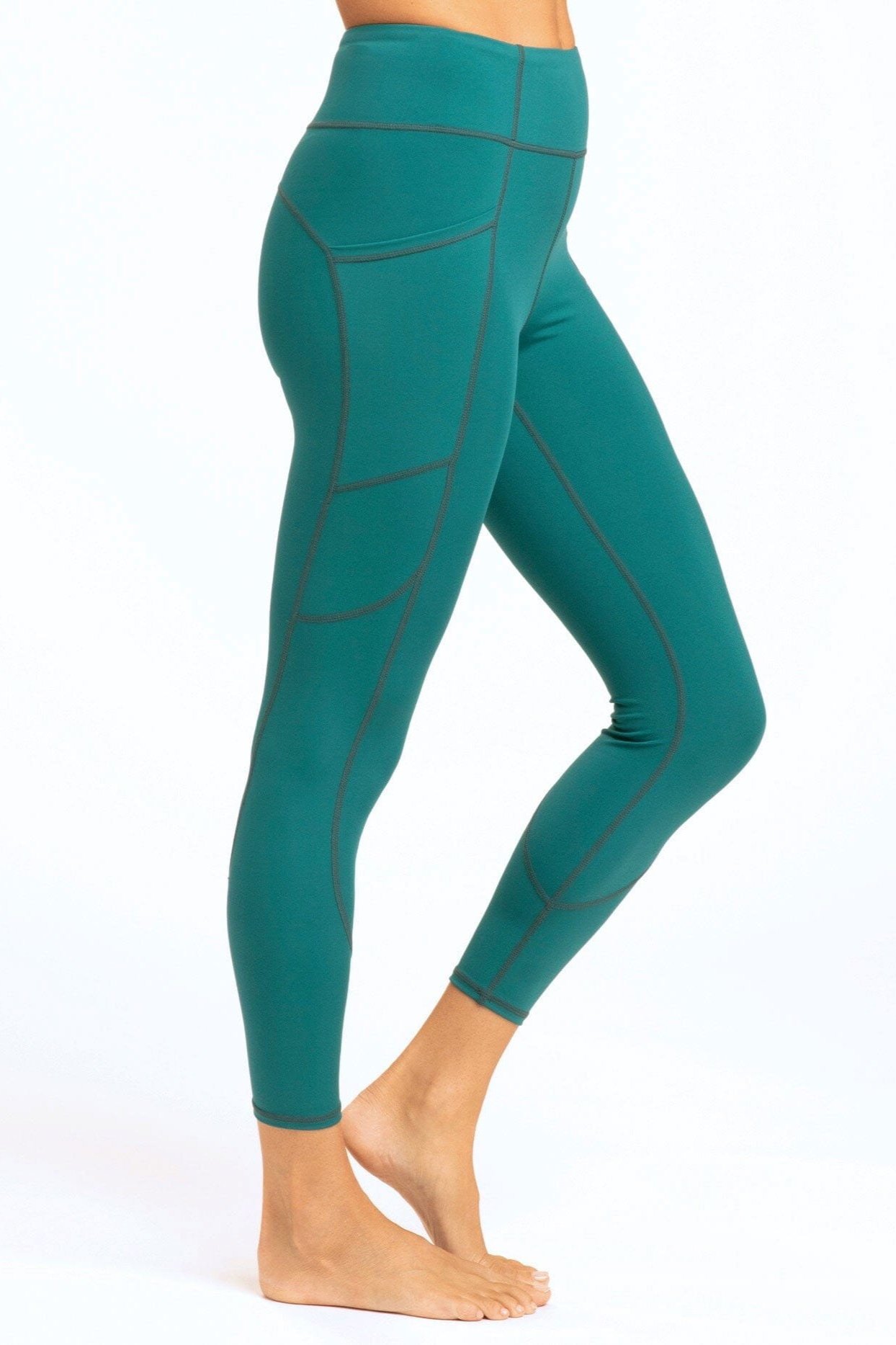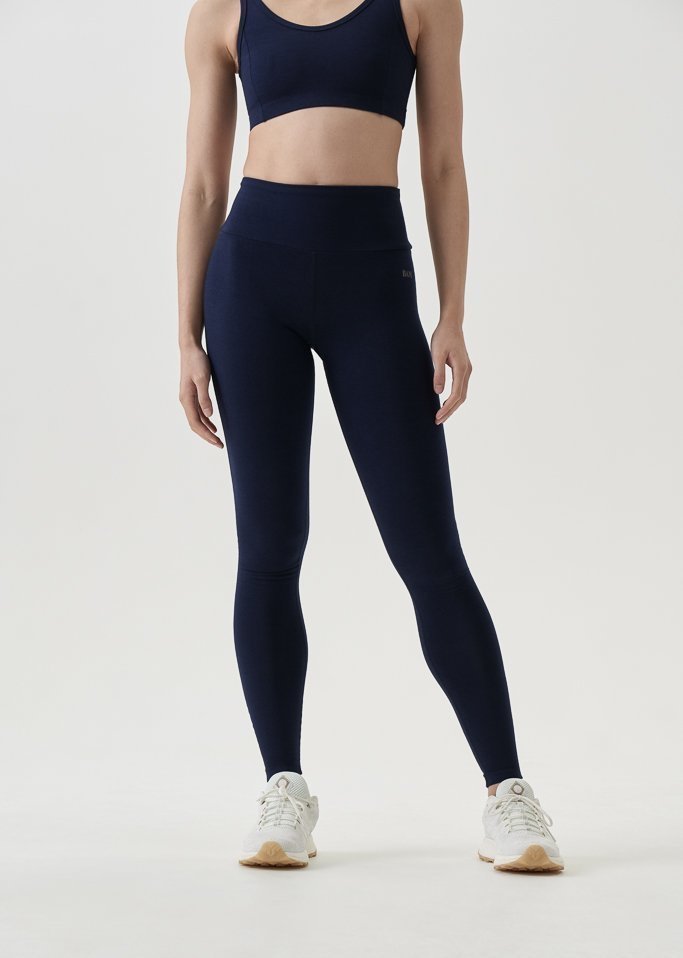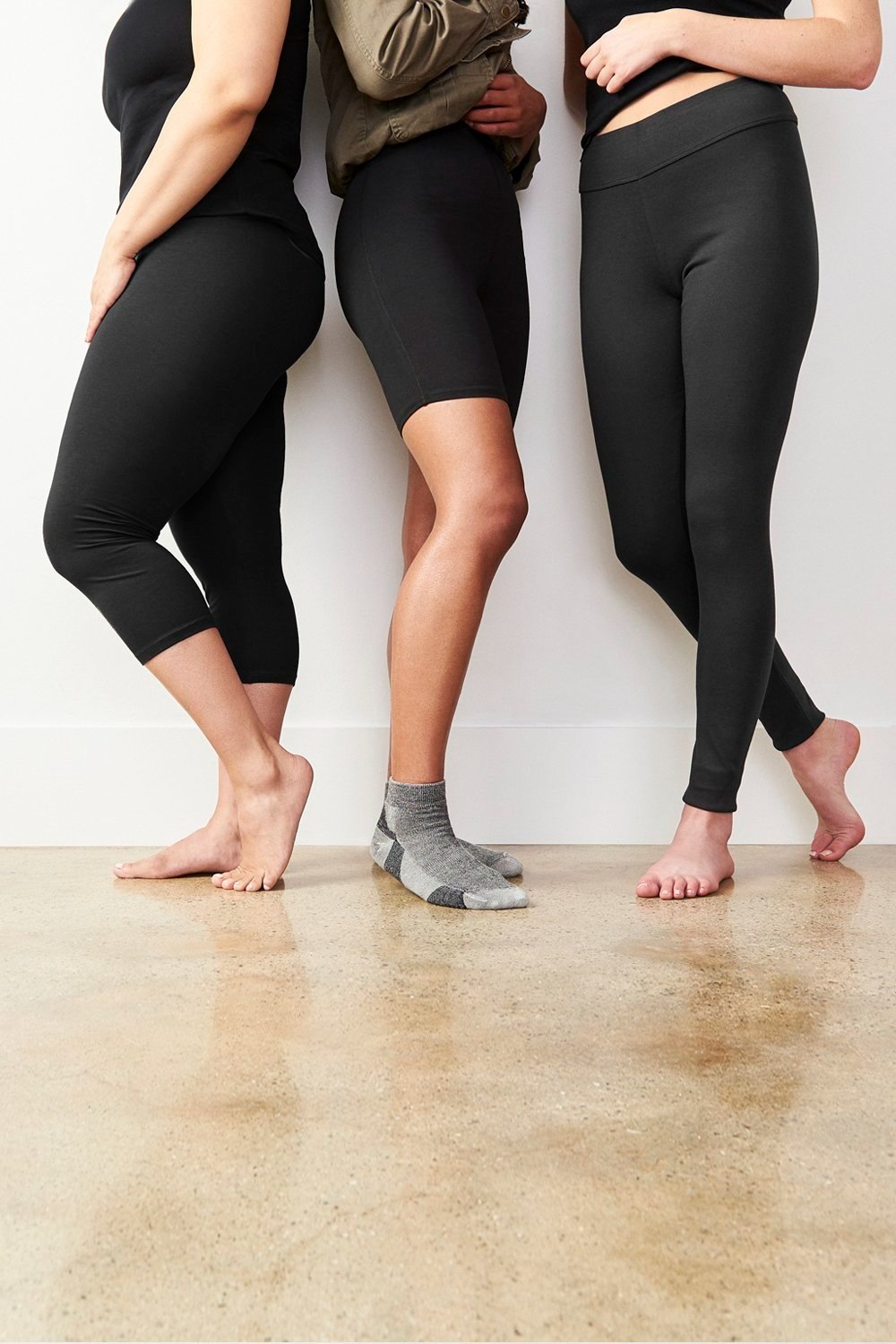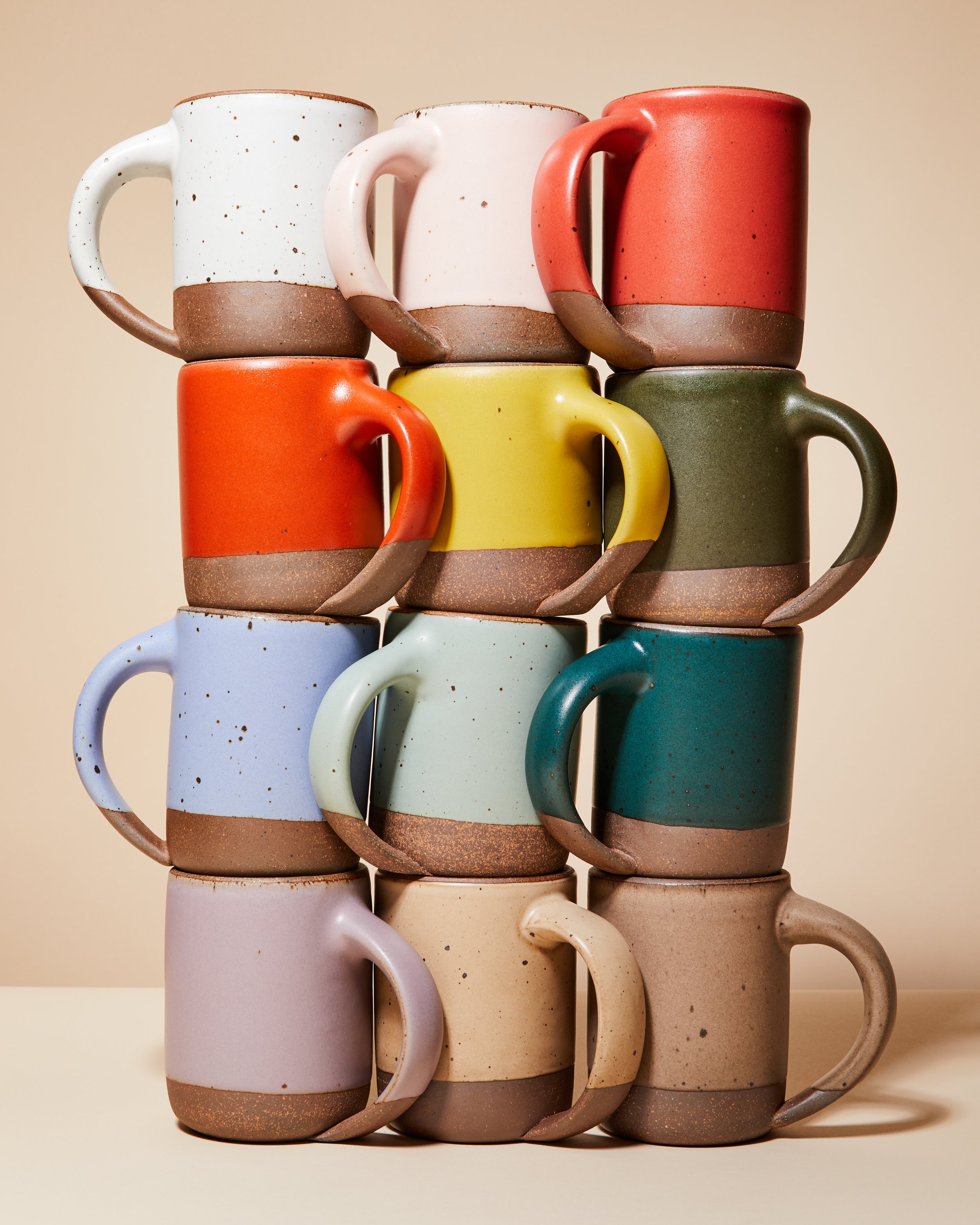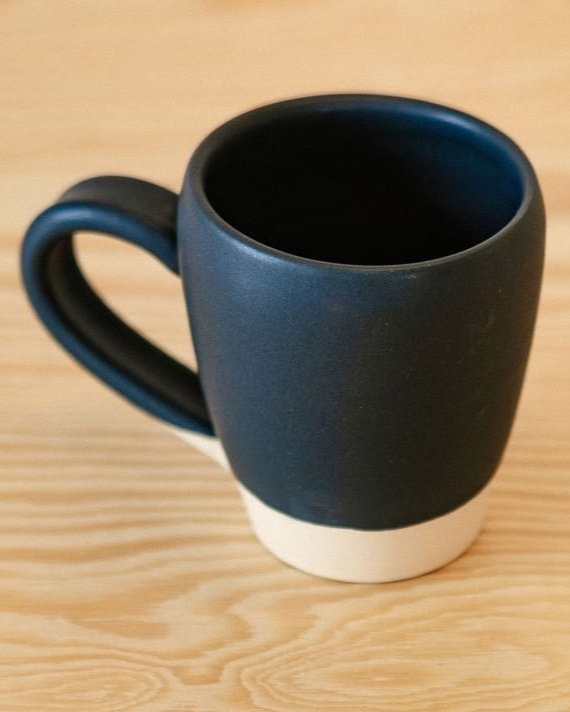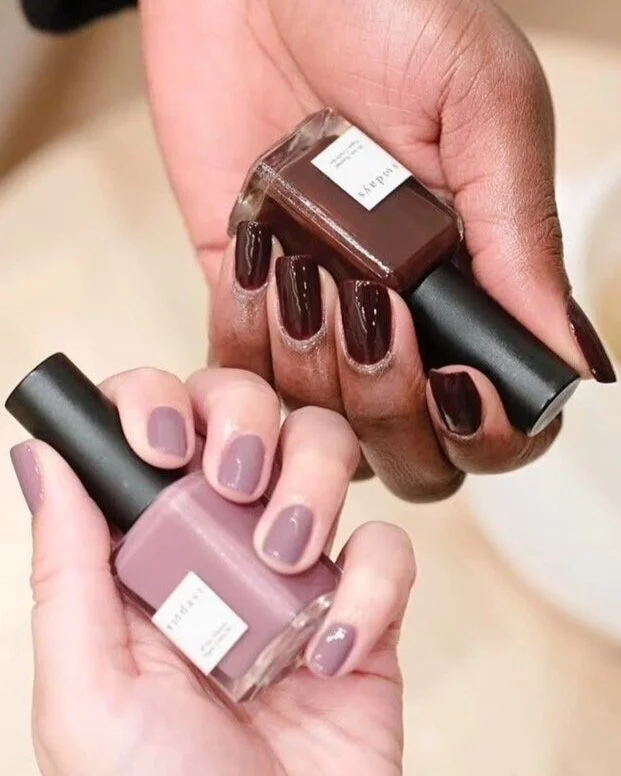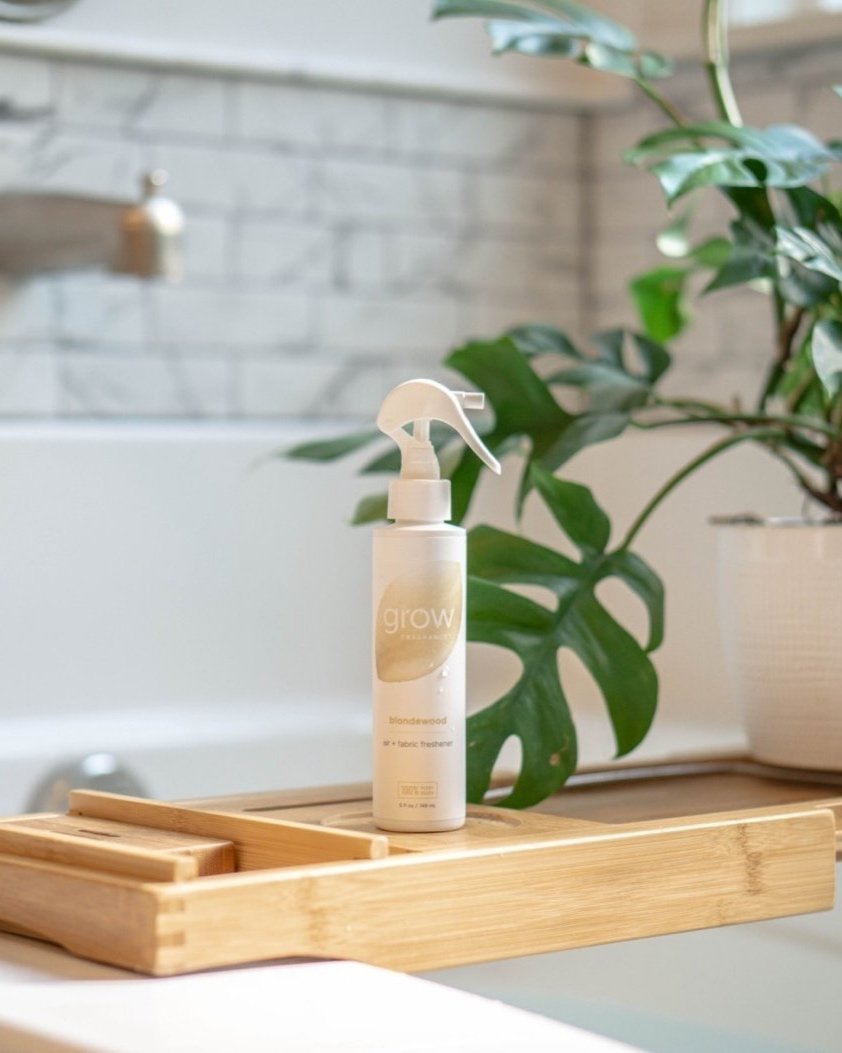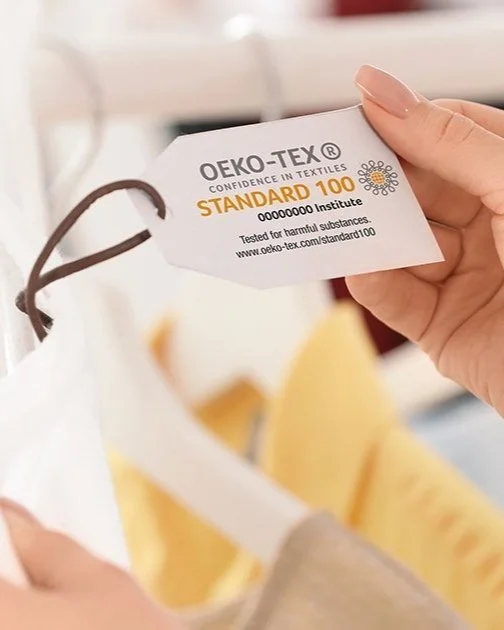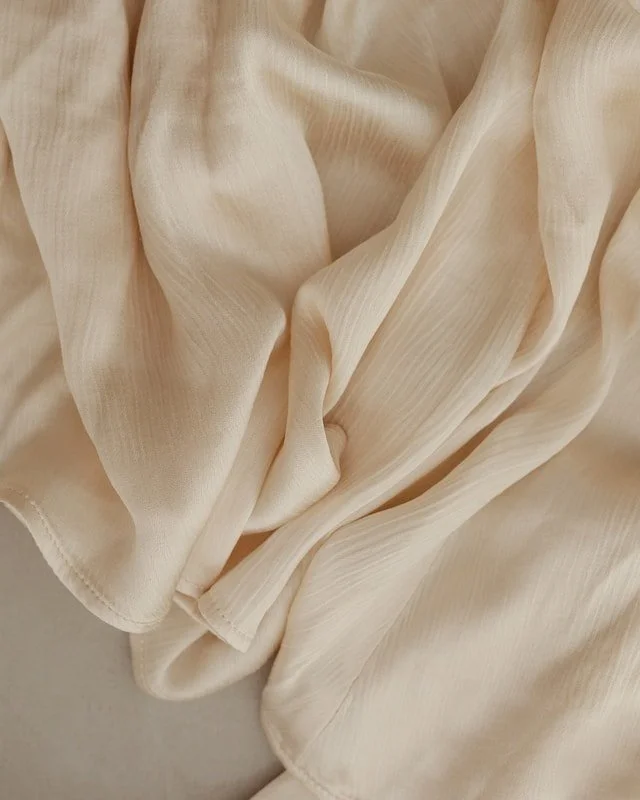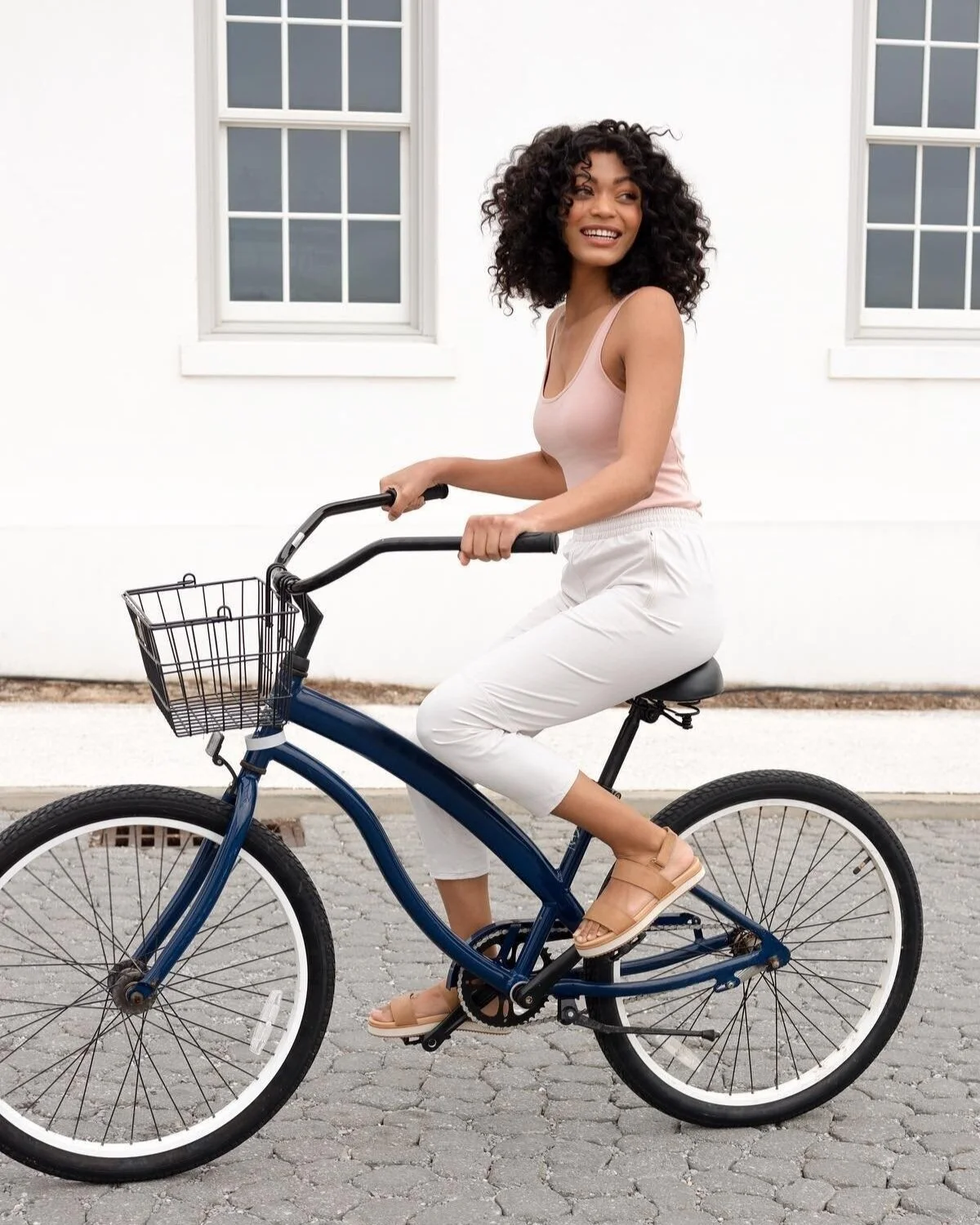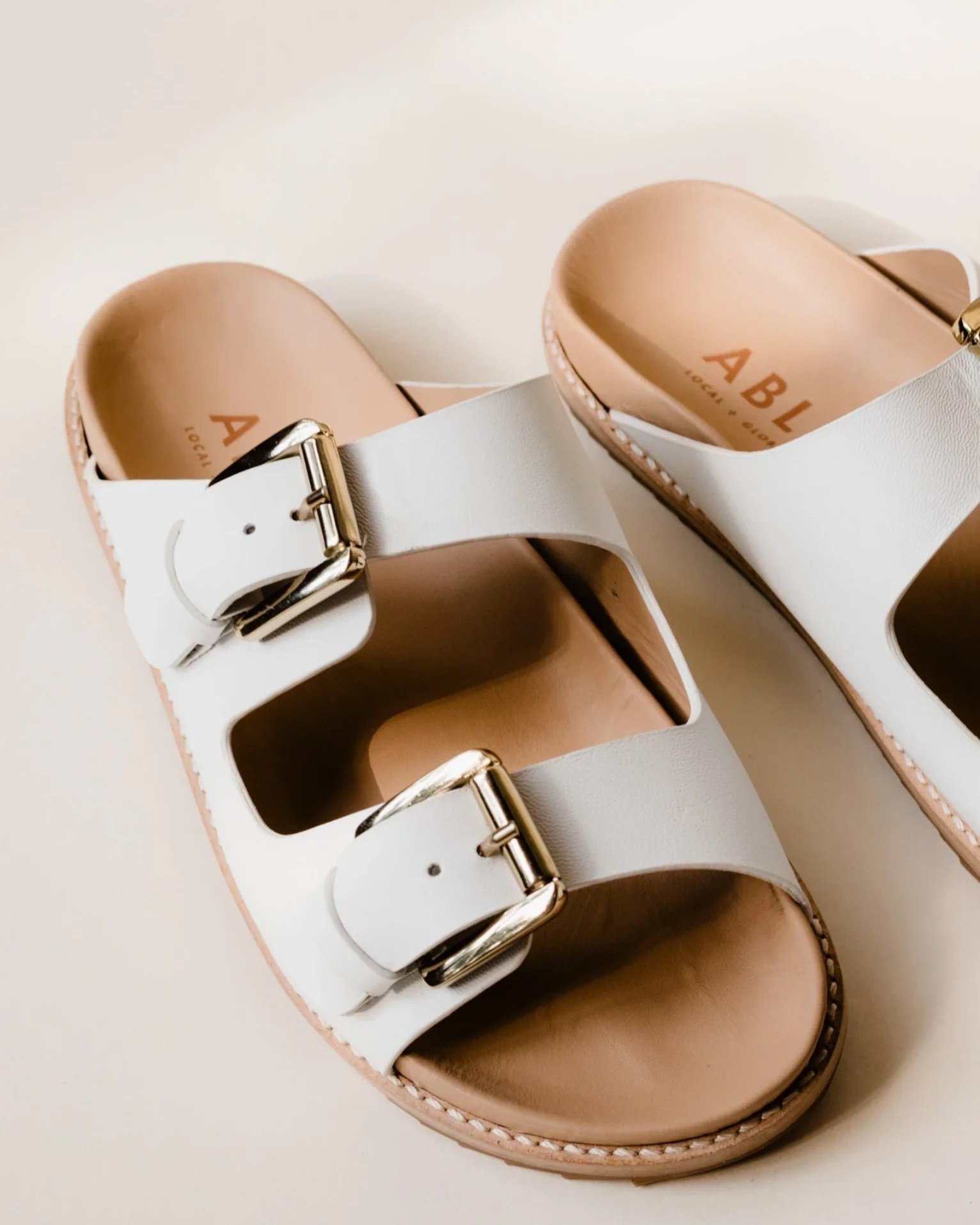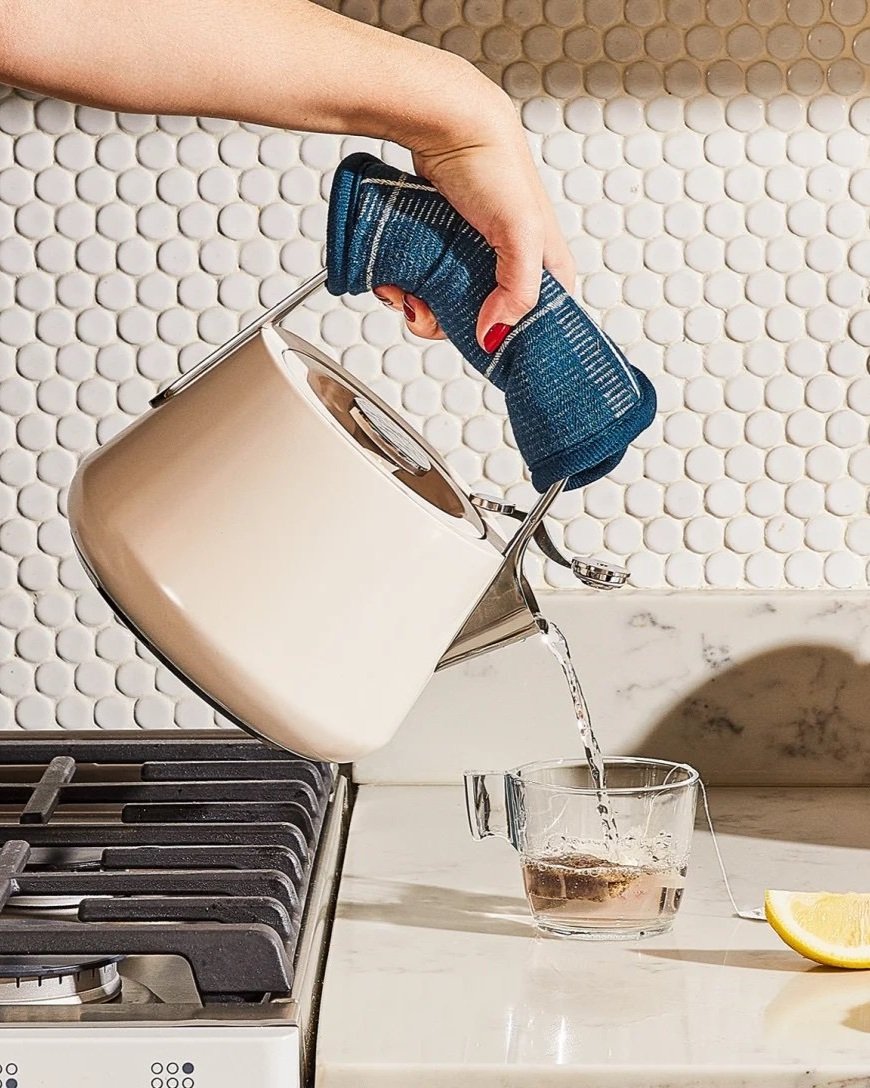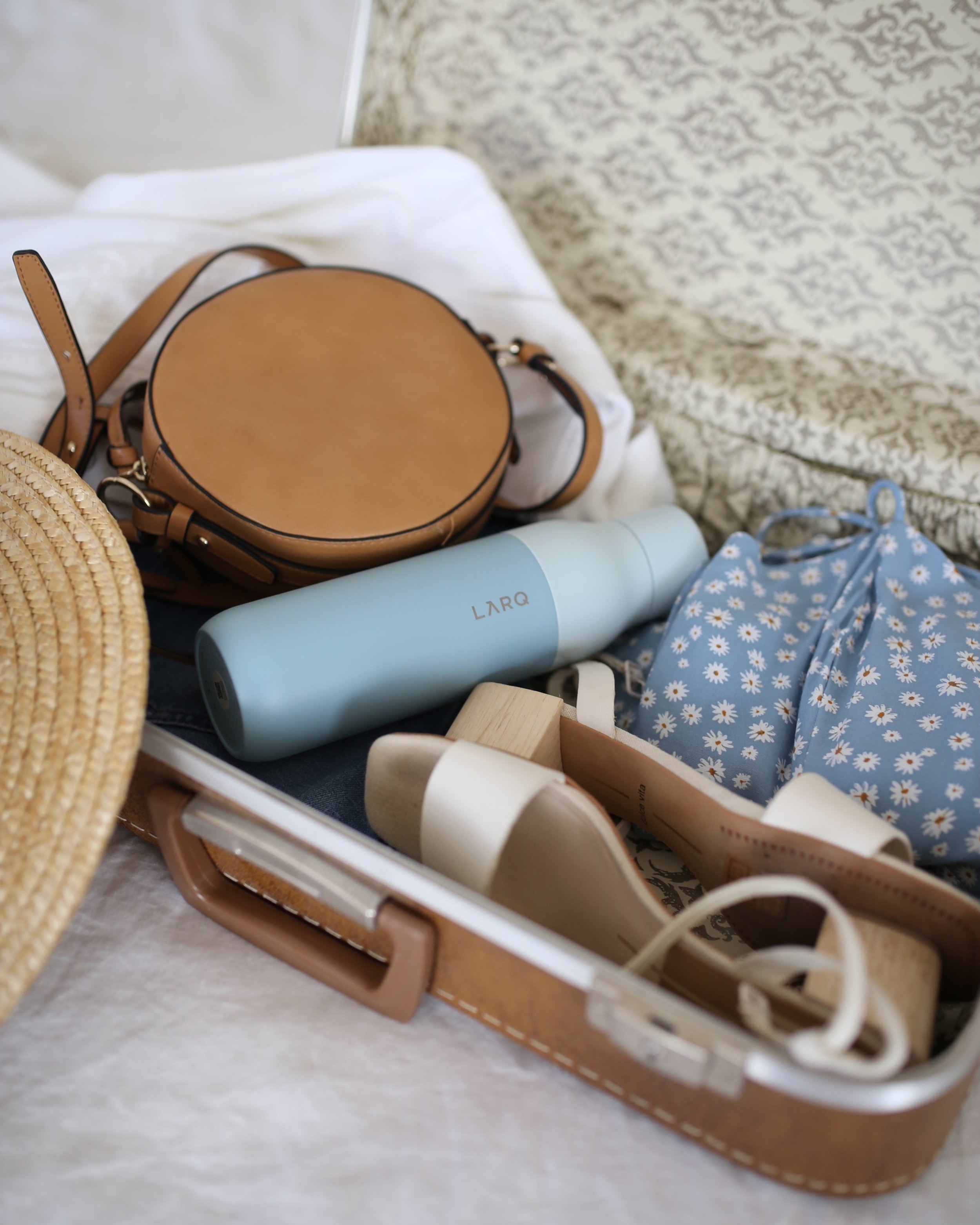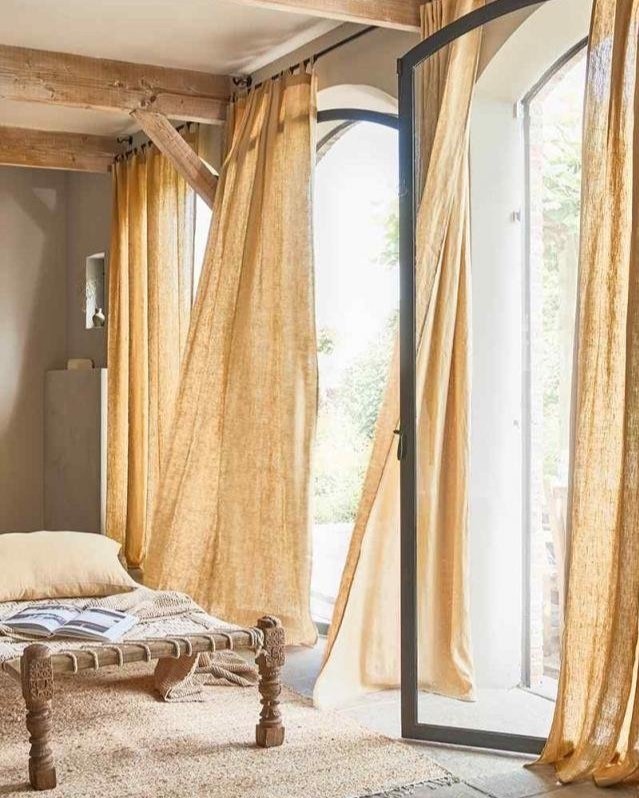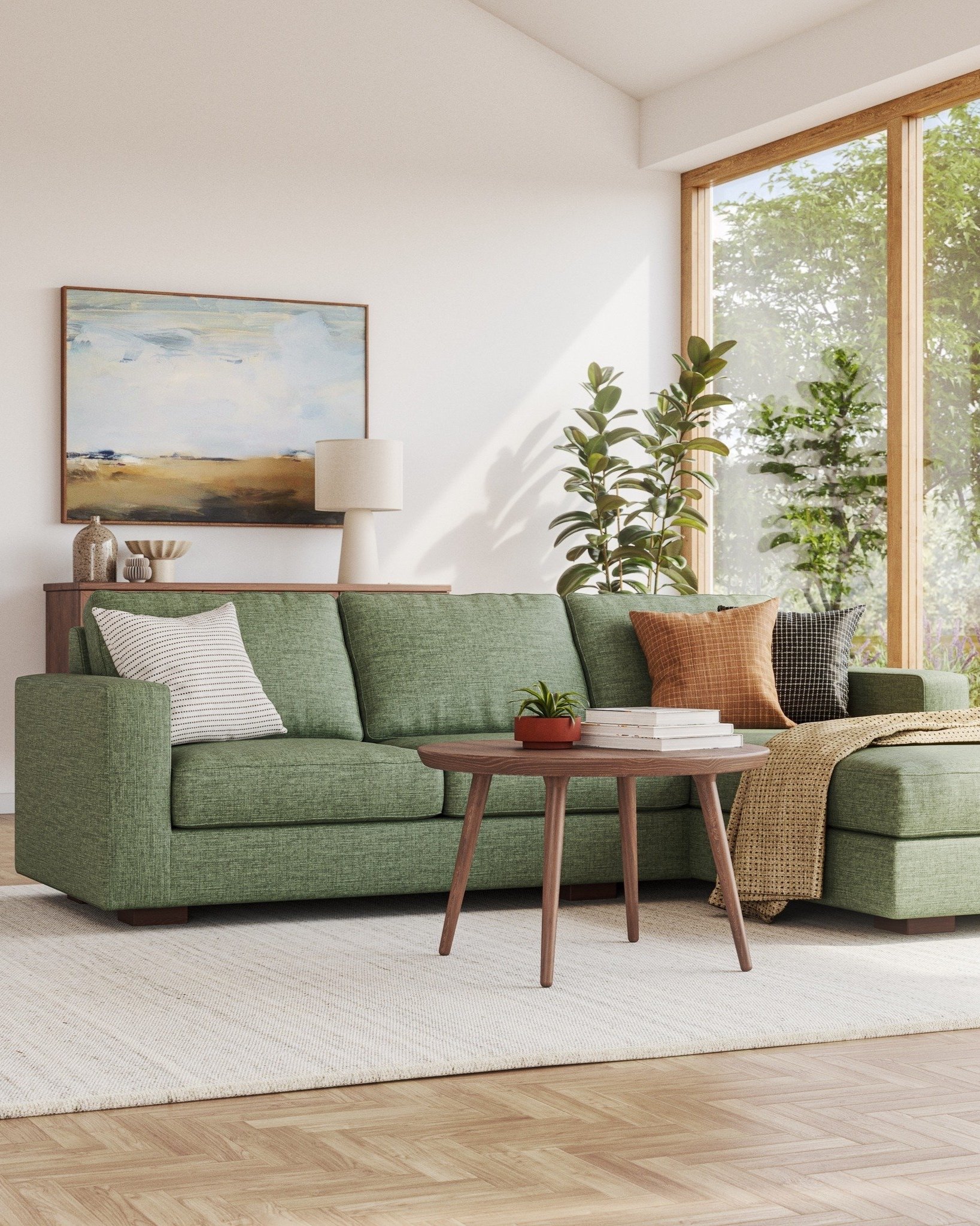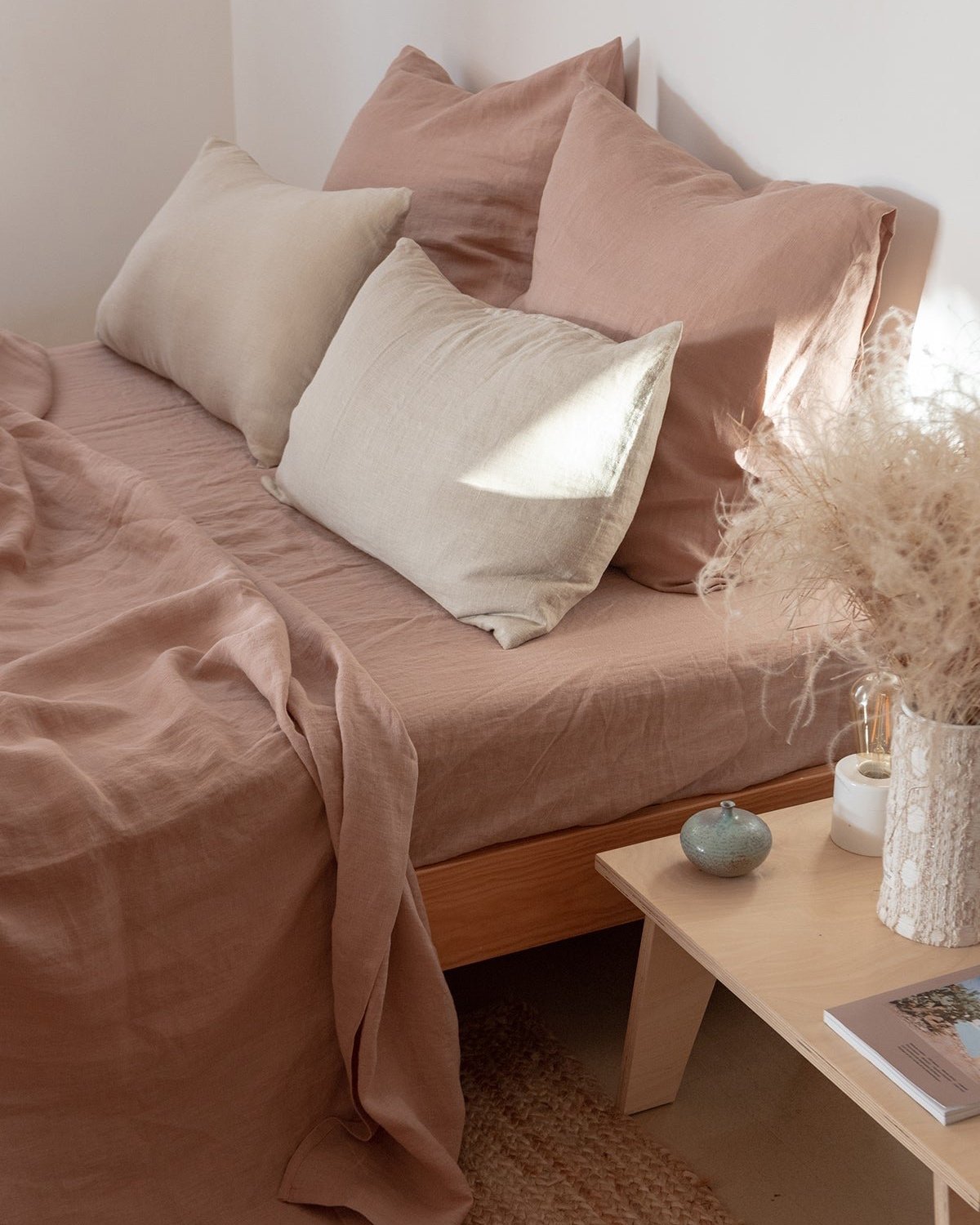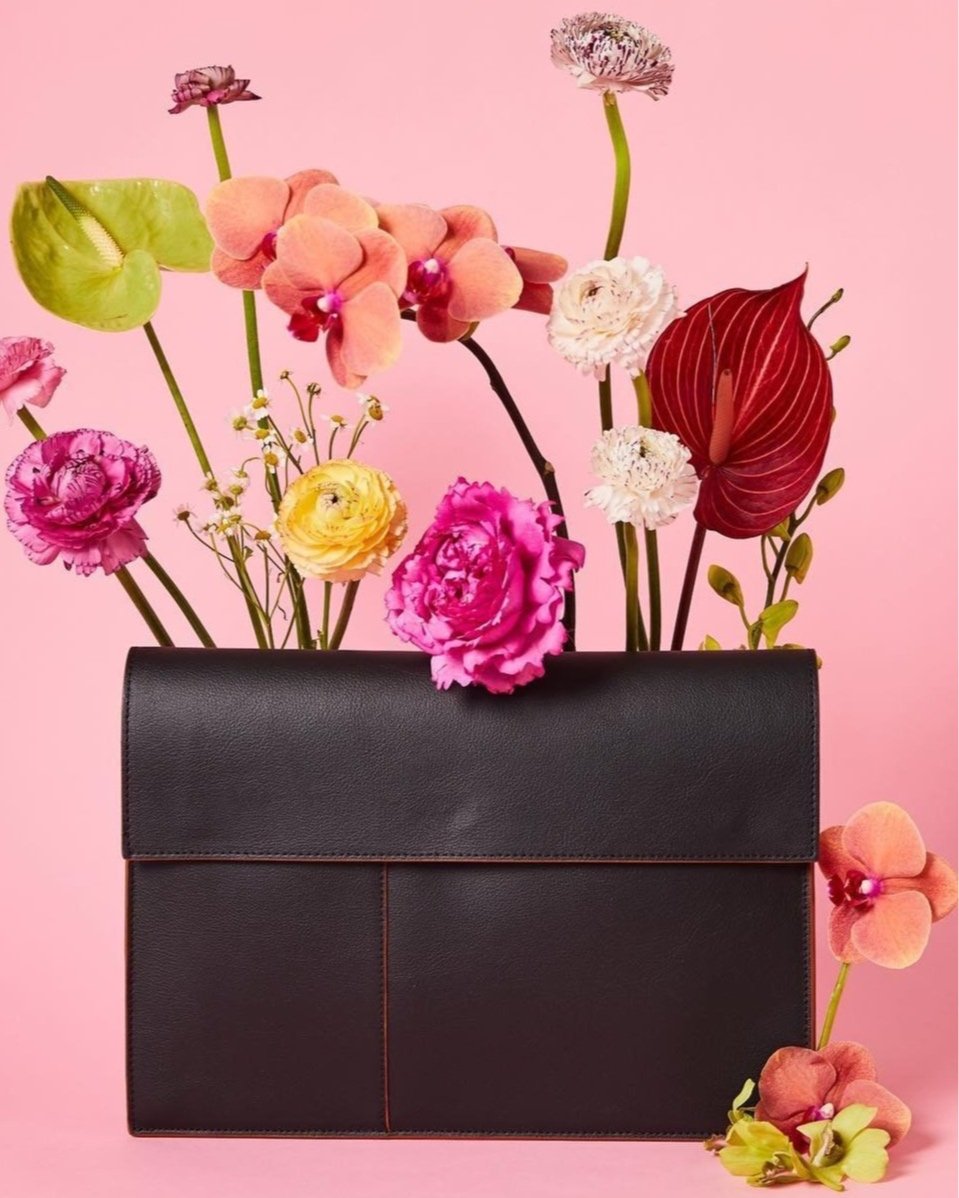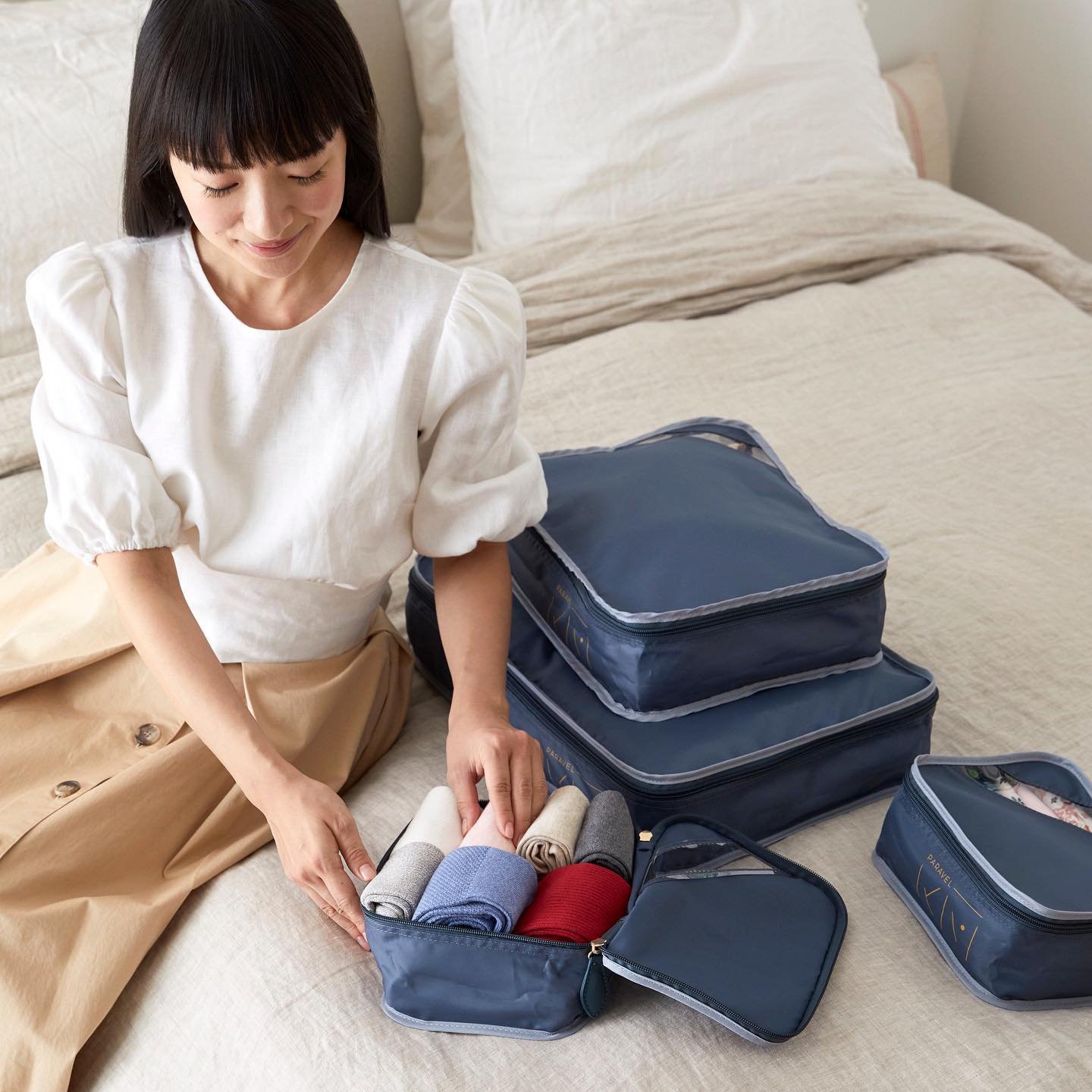Image: Look Optic
Disclosure: Some of the links below are affiliated; we may earn a small commission if you click through and make a purchase. We only ever add brands & products we truly believe in. Thank you for supporting the brands who are making the fashion industry a better place!
the best sustainable eyewear brands for prescription glasses
Need a new pair of glasses, but prefer to find ones with an eco-friendly ethos? This post has got you covered! We have found a handful of brands making more sustainable glasses than you would find at your conventional eyewear store.
What we Look for In Sustainable Prescription Eyewear
Materials are always something we gravitate towards first. We love seeing brands use recycled materials instead of virgin - if possible. Until a handful of years ago, it was almost impossible to find glasses made from recycled plastic. Not anymore! Several brands below use plastic from discarded water bottles to create their frames. We also like to see brands that produce here in the States or have recycling programs for when you no longer can wear your glasses. Each brand we added below has a few sustainable initiatives we highlighted that we love!
our top picks for eco-friendly, sustainable eyeglasses:
1) MITA
Price | $139+
MITA starts with five water bottles and transforms them into a pair of wearable, high-quality, lightweight, and super cute eyewear. Their cleaning cloths and cases are made from recycled materials, too. In addition, the MITA community works with a few non-profit organizations to help clean up and protect our oceans and waterways. MITA carries prescription eyeglasses and blue light-blocking recycled glasses as well. I loved their virtual try-on feature—it really helped me choose which one to get!
2) Proof Eyewear
Price | $65-180
A beautiful wooden eyewear company, Proof Eyewear is based out of Boise, Idaho, and was started by 3 brothers.
Besides making high-quality wooden frame eyeglasses, Proof Eyewear has made a point to give back. With your help, they have donated over 1,200 pairs of glasses, planted 200 trees, given almost 6,00 health & vision screenings, and 240 cataract surgeries - plus so much more! You can also send back your old frames with their recycling program.
3) Look Optic
Price | $68-92
Merging featherweight, fashion-forward design with 100% recycled materials, LOOK OPTIC's collection of sustainable eyewear offers an eco-friendly alternative to traditional disposable readers & blue-light glasses.
Actively giving back to promote a more sustainable feature, the brand partners with Lion's Club to help upcycle and redistribute old frames and TerraCycle to assist in repurposing hard-to-recycle elements (frames, lenses, and hinges), transforming old frames into running tracks, playgrounds, & more.
Each purchase donates to Charity: Water to provide clean water for all (as insufficient access to clean water is the world's leading cause of blindness), and as part of their Zero-Waste Donation Initiative, LOOKOPTIC allows customers to donate or recycle any old frames and receive 25% off their next purchase.
4) Article One
Price | $255-285
Based in Flint, Michigan, Article One frames are handmade in a small village in Northern Italy.
They work with a family-owned factory that is an expert at creating glasses.
Their quality is meant to take you through life because they do not believe in a throwaway culture.
With over 30 frames to choose from, I know you will find a style that is fit for you.
5) SeaClean
by glassesusa
Price | $98
Frames from SeaClean by GlassesUSA are made entirely from up-cycled plastic bottles. It only takes five bottles to create a pair of glasses.
Plus, for every SeaClean pair sold, they will donate $5 to The Ocean Cleanup to help them in their efforts towards a plastic-free ocean by 2050. They are also quite affordable and priced at under $100. There are only two frame styles at the moment, but I’m sure we will see more in the future.
6) Secondhand Frames
You can find many used frames if you love to thrift or search on Etsy & eBay.
All you have to do is change it with your prescription, and there you go!
This may be one of the most affordable ways of finding a pair of glasses.
We always encourage using products that have already been made if you cannot support a brand working towards a more sustainable fashion industry.
MAKE SURE TO PIN THE PHOTO BELOW TO SAVE THIS POST FOR LATER!
WANT MORE SUSTAINABLE BRANDS? VISIT OUR BRAND DIRECTORY!
Our Brand Directory is home to hundreds of sustainable brands, from makeup to cleaning supplies, from underwear to shoes. We have broken everything down by category for easy shopping, along with discount codes unique to Sustainably Chic viewers.










